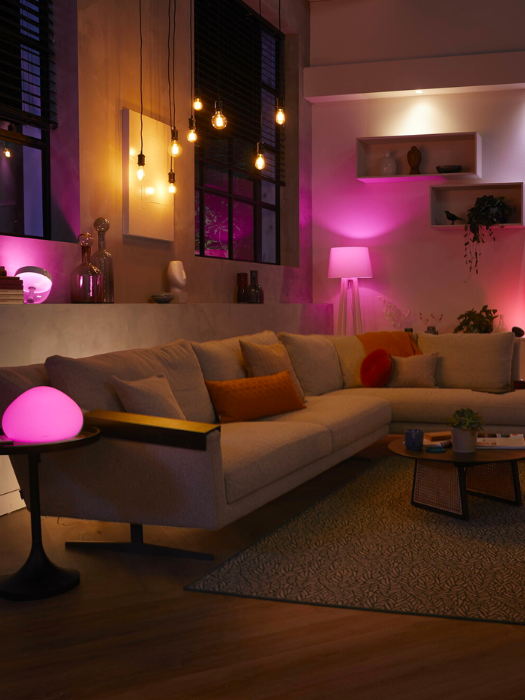Now available: The new Divotion Tech Radar
Find out what’s next for front-end developers
Be honest: how often do you think about why you use certain technologies? Do you think about whether it’s future-proof? If it’s the right tool at the right time for your specific use case? Whether or not it has proven itself already or if there are risks because it’s been on the market for only a couple of months?
Odds are you don’t think about this enough. But you’re in luck, because we’ve taken this time consuming activity out of your hands. Introducing: the Divotion Tech Radar Spring 2023. In this 3rd edition, we captured the latest emerging trends and developments in front-end technology.
So what’s the latest? Let’s share three major developments:
1. Vite → Adopt
We recommend Vite as an alternative for create-react-app projects built with React and Storybook. Unlike create-react-app, Vite does not build your entire application before serving. Instead, it builds the application on demand. If you don’t want to use a full-blown framework like Next.js or Nuxt, Vite is a great alternative to keep the flexibility in your project, but also improve the development experience.
2. Rendering Patterns → Adopt
Rendering patterns are different strategies for rendering your app. A pattern used by the big frameworks React, Vue, Angular, etc. is that of a Single Page Application (SPA) which uses Client Side Rendering (CSR). The new frameworks like Nuxt, Next, SvelteKit, and Angular Universal allow for Server Side Rendering (SSR) or Static Site Generation (SSG). To even reduce Time to Interactive (TTI) more and to improve Developer Experience we see active movement within Rendering Patterns. React now has new improvements to combine SSR with CSR and to have increment updates we therefore place Rendering Patterns in adopt.
3. Design Systems & Tokens → Adopt
A well-designed design system can significantly improve an organization’s design workflow, efficiency, and consistency. Ultimately leading to better user experiences. We recommend the use of a design system to improve the design workflow and consistency of the design.
Design tokens are values that store design-related properties such as colour, typography, and spacing. They ensure consistency across products and platforms, and facilitate collaboration between design and development teams. Design tokens provide a shared language for discussing design-related values and makes it easier to update and maintain design systems. Design tokens are highly recommended and placed in the "adopt" ring because of their numerous advantages, including improving consistency and collaboration.
These three are just the tip of the iceberg. There’s (loads) more in the Tech Radar. Download here for free.



 Full Stack Conference 2025 Europalaan 93, 3526 KP Utrecht
Full Stack Conference 2025 Europalaan 93, 3526 KP Utrecht